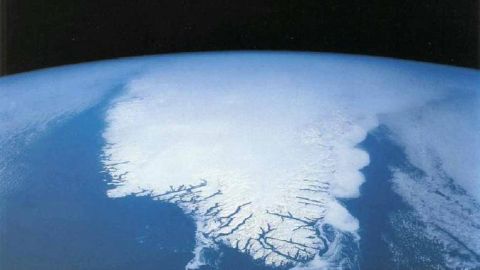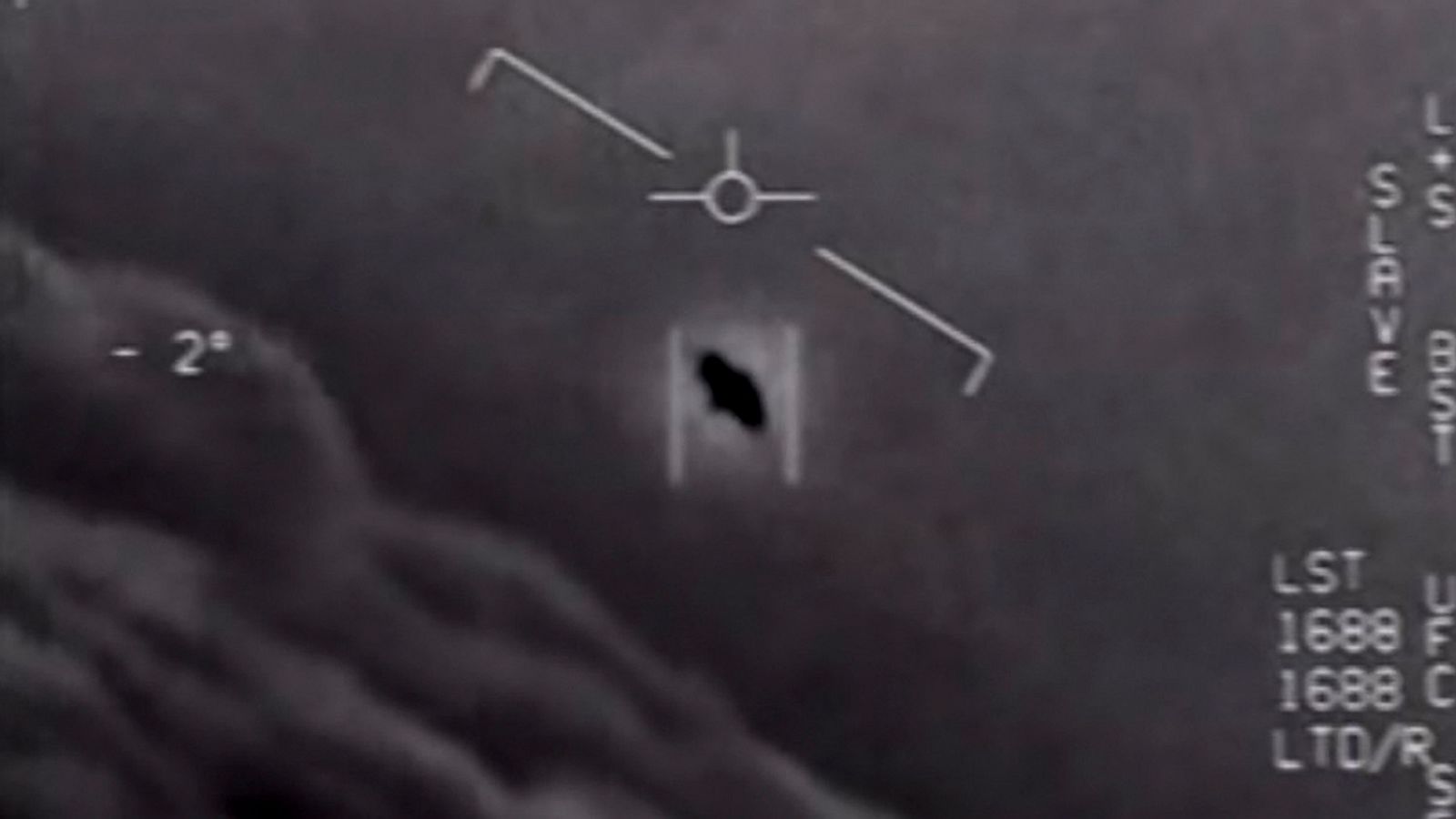When Scientists Play at Politics

On November 19, a large number of e-mails that had been stolen from a hacked server at the Climatic Research Unit at the University of East Anglia were leaked anonymously to Air Vent, a blog which argues that the threat of climate change is overblown. The e-mails appear to show researchers fudging or covering up climate data that don’t fit their theories, as well as being generally contemptuous and dismissive of critics. The release of the e-mails was apparently timed to undermine the climate change talks that begin in Copenhagen on Monday.
The e-mails are embarrassing. In the most widely quoted e-mail, Phil Jones, the head of the research unit, describes a “trick” he used to “hide the decline” in temperatures indicated by tree ring data. As bad as that sounds, Jones is clearly not trying to fool people into thinking that temperatures are higher than they actually are. What he is doing is using directly measured temperature data instead of the tree ring data, which he has good reason to believe is less accurate. In other words, he is trying to show the temperature trend more accurately, although the way he mixes the data sets is probably misleading. In another e-mail, Kevin Trenberth calls it a “travesty” that “we can’t account for the lack of warming.” Although Trenberth doesn’t mean to suggest that the temperatures aren’t in fact increasing, his remark nevertheless reveals that he can’t explain all the measured data.
The truth is, of course, that no theory can explain everything. If we discarded theories we couldn’t reconcile with every observation, there wouldn’t be any science at all. The fact that even our best theories can’t offer complete explanations for what we see doesn’t mean that we should throw them out. Scientists have to use their judgment about which discrepancies are fatal to their theories and which can be explained away. Although they are sometimes wrong—and can be biased—their ideas are constantly being evaluated and tested by other scientists. Peter Frumhoff, the Director of Science and Policy at the Union of Concerned Scientists, put it well when he said that “what the e-mails show are simply scientists at work, grappling with key issues, and displaying the full range of emotions and motivations characteristic of any urgent endeavor.” As John Holdren, Director of the White House Office of Science of Technology Policy, explained in a congressional hearing, “These kinds of controversies and even accusations of bias and improper manipulation are not all that uncommon in science—in all branches of science. The strength of science is that these kinds of controversies get sorted out over time as to who is wrong, who is right, and how much it matters, by the process of peer review and continued critical scrutiny by the knowledgeable community of scientists.”
What the e-mails do not show is—as Rep. James Sensenbrenner (R-WI) suggests—some kind “massive international scientific fraud” aimed at tricking the public into believing that the temperatures are rising when they really aren’t. At issue in these e-mails—most of which were written years ago—is how to use one particular set of data, which makes up only a small part of the evidence for global warming. What these scientists are guilty of is—whether out of ambition or excessive zeal—smoothing over complexities in order to make the case for their theory stronger than it is. It is no different from the kind of one-sided marketing that corporations or politicians do when pushing their point of view. But, unlike corporations and politicians, scientists’ authority depends on how credible they are. As soon as they become advocates for a particular view—rather than trying as hard as possible to remain impartial judges—they can be dismissed as partisan.
That would be a shame. If the case that human activities were warming the planet was compelling when these e-mails were written, the evidence is overwhelming now. Last week, a group of 26 scientists affiliated with the International Panel on Climate Change (IPCC) released an authoritative review of the latest climate science, which shows that both the Greenland and Antarctic ice sheets are melting, that arctic sea ice is melting far faster than was generally expected, and that as a result sea levels are also rising faster than most had projected. As Holdren told Congress, “The current state of knowledge about it, even though incomplete—as science always is—and even though controversial in some details—as science almost always is—is sufficient to make clear that failure to act promptly to reduce global emissions to the atmosphere of carbon dioxide and other heat-trapping substances is overwhelmingly likely to lead to changes in climate too extreme and too damaging to be adequately addressed by any adaptation measures that can be foreseen.”





